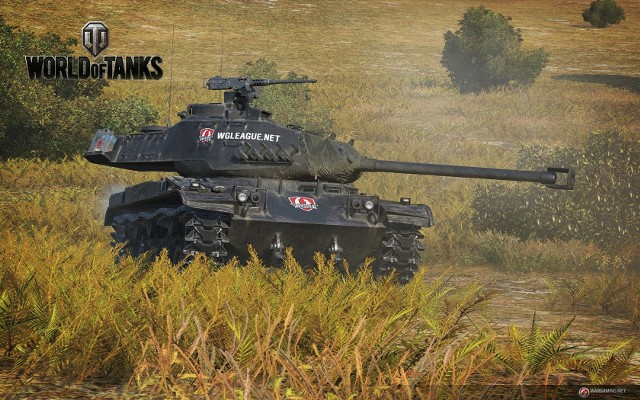

The Penetration statistic then refers to how far a shell can penetrate the thickness of a plate’s effective armor at 100m, +/-25% as per the RNG effect placed on shell penetration. Get out your scientific calculator and try it yourself, it’s like magic.

Using this information, our calculation would be: If we take the Object 140, for example, we know its upper plate is 100mm thick and angled at around 64 degrees, giving it an effective armor thickness of around 228mm. NominalArmorThickness /cosine(impactAngle) = effectiveArmorThickness To calculate the effective armor thickness of a plate, use either a helpful tool like Panzer World’s Relative Armor Calculator or use the following formula: It should be noted that AP and APCR rounds ricochet at angles greater than 70°, whereas HEAT rounds ricochet at 85°. The 10° difference between 0 and 10 degrees barely increases the effective armor thickness over 1.5mm, whereas the 10° difference between 60 and 70 degrees is almost as great as the 60° difference between 0 to 60 degrees. These values (displayed in intervals of 10°) are as follows: Impact Angle (°)Īs can be seen, there is an exponential increase in armor thickness as the impact angle increases. “Effective armor thickness” refers to the increased amount of armor a shell has to penetrate based on the angle of impact against the normal. absolutely perpendicular to the armor plate. The “nominal armor thickness” refers to the thickness of a plate at a 0 degree angle from the cosine or “normal”, i.e.

To understand penetration, you must understand how both nominal and effective armor values work in World of Tanks. Penetration Effective Armor Thickness An example of various impact angles against a 100mm thick armor plate. Many players dismiss damage mechanics as a very obvious and straight-forward system that they don’t need to pay attention to, but there are actually some interesting interactions and formulas used that could give you the edge you need over your opponent.Ĭheck out my View, Spotting, and Signal Range guide to fully understand how you can one-up your competition in the vision-based game. Practically everything surrounding damage is what we’re focusing on in this Battle Mechanics article – Penetration, Damage, Module Damage, and Ramming.


 0 kommentar(er)
0 kommentar(er)
